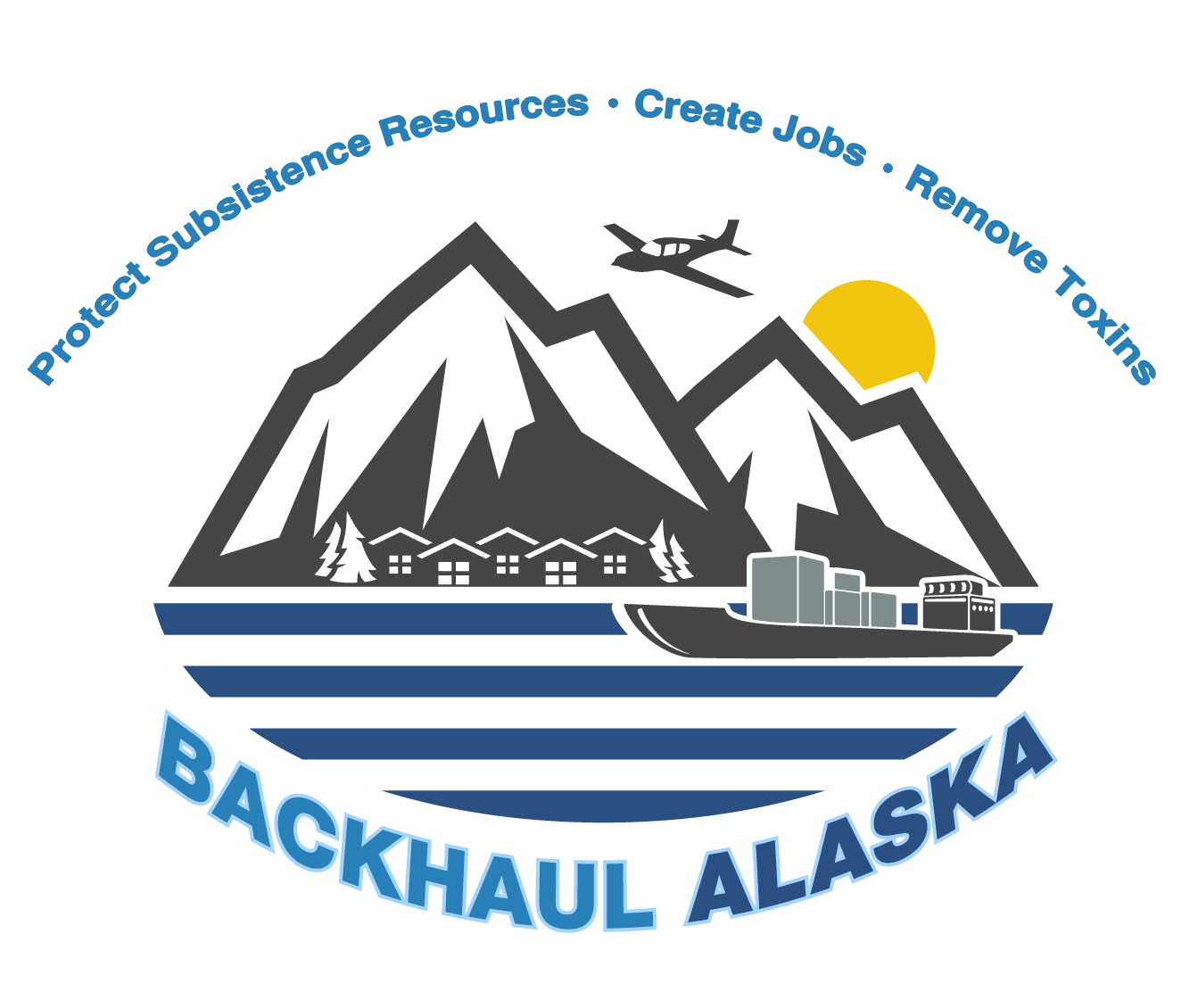There is a long history of individual villages and regions backhauling in Alaska, but prior to the Backhaul Alaska Program, there was never a statewide backhaul effort. The Solid Waste Alaska Taskforce (SWAT) developed and oversees the Program and is actively involved in all aspects of its development.
The following table lists the dates and steps towards developing the Backhaul Alaska Program from concept in 2014 to initial implementation in 2022.
| Date | Event |
|---|---|
| 2014 | Senator Murkowski conceives Adopt a Barge; The Solid Waste Alaska Taskforce (SWAT) formed at the Alaska Tribal Conference on Environmental Management (ATCEM) |
| 2015 | An expert statewide backhaul panel convenes and adds to a framework; Framework is further developed at Regional Tribal Representatives meeting |
| 2016 | Community/transporter/agency meetings take place; A Draft Statewide Sustainable Backhaul Plan is developed |
| 2017 | The Plan is vetted, refined, and implementation begins |
| 2018 | Pilot Project Phase 1 kicks off; First Pilot backhaul training held |
| 2019 | Pilot Project Phase 2 kicks off; Second Pilot backhaul training held; Material backhauled from Pilot 1 communities |
| 2019 | Selection process for Control Tower entity completed; The Backhaul Alaska Advisory Board is formed |
| 2020 | Materials backhauled from Pilot 2 communities |
| 2021 | The Pilot Program ends successfully with 26 communities served |
| 2022 | Backhaul Alaska expanded to a total of 40 communities and backhauled 462,778 pounds of potentially hazardous materials out of Alaska. Read the 2022 Annual Report to learn more. |
| 2023 | Backhaul Alaska expanded to a total of 79 communities and backhauled 450,000 pounds of potentially hazardous materials out of Alaska. Read the 2023 Annual Report to learn more. |
For information about the Pilot Program click here.
